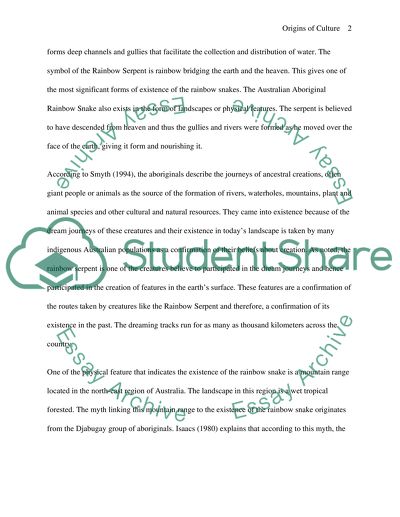Cite this document
(“Origins of Culture Essay Example | Topics and Well Written Essays - 1500 words”, n.d.)
Retrieved de https://studentshare.org/sociology/1432918-origins-of-culture
Retrieved de https://studentshare.org/sociology/1432918-origins-of-culture
(Origins of Culture Essay Example | Topics and Well Written Essays - 1500 Words)
https://studentshare.org/sociology/1432918-origins-of-culture.
https://studentshare.org/sociology/1432918-origins-of-culture.
“Origins of Culture Essay Example | Topics and Well Written Essays - 1500 Words”, n.d. https://studentshare.org/sociology/1432918-origins-of-culture.


